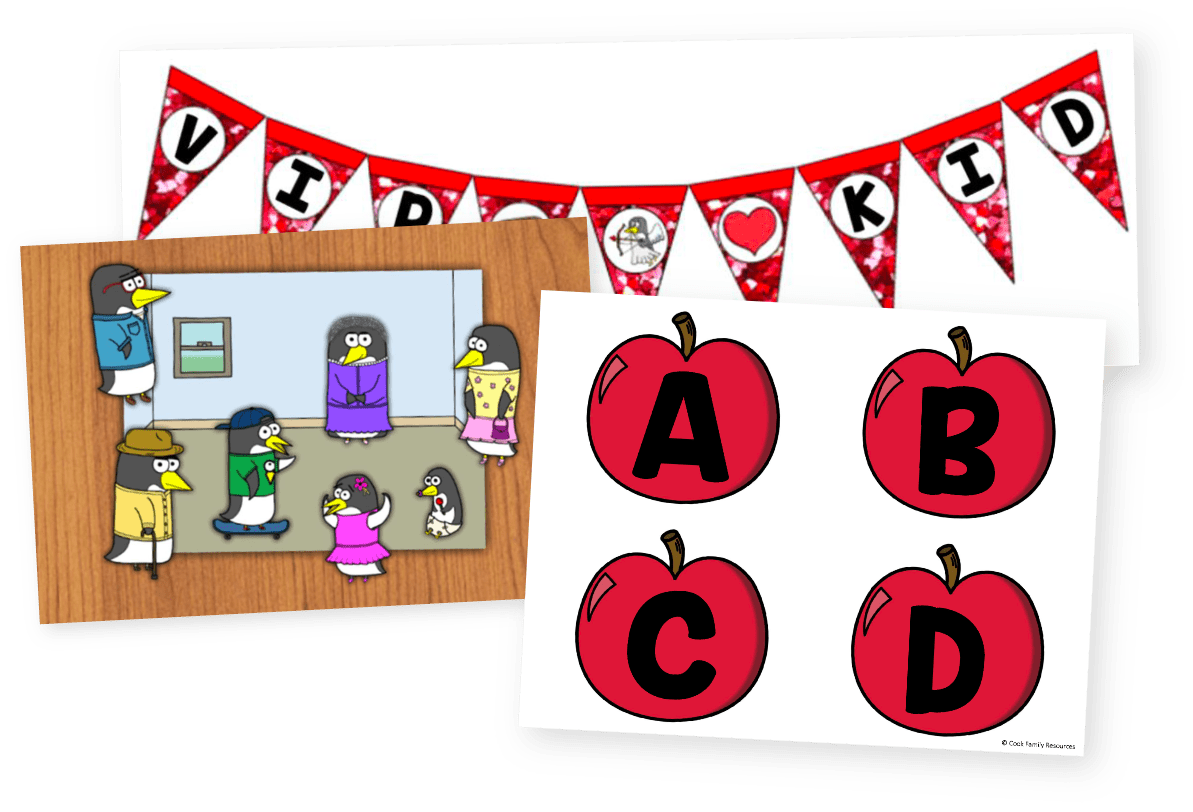What is TPR? Whether you are a seasoned teacher or brand new to teaching, TPR is one of the hardest parts of preparing to become an online ESL teacher. Teaching ESL in a 1:1 Classroom is a fantastic experience so let’s get you prepared for your interview by diving into the topic of TPR.

WHAT IS TPR?
TPR stands for Total Physical Response. If you want to learn more about it, Dr. James J. Asher is the name that you want to research.
When we talk about TPR we are linking together language and movement. TPR helps with language acquisition, comprehension, confidence, and memory. It is a tricky skill that takes practice and consistency but it is a really important ESL strategy that you need to be able to demonstrate in that first interview.
INCIDENTAL LANGUAGE
Too Much Teacher Talk is a HUGE problem in the online ESL classroom.
When teachers talk too much it is very overwhelming for the student to process. Remember that famous Charlie Brown teacher as you reflect on the amount of talking you are doing in class as compared to your student’s output level. All of the incidental (extra) language takes the focus away from precise work on the objectives and target sentences of the lesson.
I Do, We Do, and You Do is a great technique to limit your Teacher Talk. Keeping your classroom commands consistent will also limit the amount of explaining that you have to do. In the online ESL classroom we “land on the slide”. We don’t say “Okay, let’s see, next we are going to. . . . “. We say “Hand” and provide a gesture to help them understand the task. Here is a video demonstration of 3 techniques that you can use to help limit your incidental language.
INSTRUCTIONAL TPR
For instructional TPR, the student will respond by doing the task in the classroom.
Stand up, sit down, circle, draw a line, listen, repeat, answer a question, sign, read, match, trace, write, spell, etc. To keep the amount of teacher talk low in your online ESL classroom you will use gestures and also props to show students these classroom commands. Here is a video demonstration of the most common Instructional TPR examples.
EDUCATIONAL TPR
This is related to the content that you are teaching. In Total Physical RESPONSE it is key to remember that THE STUDENT SHOULD DO THE MOVEMENT TOO.
This is a classroom skill that you need to teach them. Here is a video demonstration of some common educational TPR examples:
Educational TPR is excellent for lowering the affective filter. When a student is stressed, new learning won’t stick in their memory. Your class needs to be FUN so that they can make connections to the movement and the meaning of the word. Your movements should be memorable so they talk to their parents about them after class or practice them again later, continuing to reinforce the vocabulary beyond the 25 minutes that you shared together in the online classroom.
TPR IS NOT SIGN LANGUAGE
Many times in the Facebook groups I see new teachers ask “What is the TPR for _____?” TPR gestures are not universal. I encourage you to keep the gestures consistent within your own classroom. Choose one gesture for Watch, See, Circle, etc and use the same one every time. This will build confidence in your students. When they come to my classroom however, they may see a slightly different gesture and that is OK.
UPPER LEVEL STUDENTS
Upper level students sometimes don’t seem like they “need” TPR but I encourage you to still use TPR with those upper level and/or older students. Many times these students will say that they “get it” when they truly do not. You gently adding movement to the lesson, props, and additional examples can really help the language learning to be long lasting.
When a student says they understand, make sure you think of a way for them to demonstrate that to you. Have them show you an example of a cylinder from their home or show a food that someone would eat for breakfast. Ask them to demonstrate an action that they did already today or show you what they will do after class.
Educational TPR helps our visual, auditory, and kinesthetic learners. It helps the learning stick for the long haul. It isn’t something to add only when a student doesn’t understand or remember. TPR is a best practice ESL technique so make sure you can demonstrate it from that very first interview.

Don’t forget to grab your FREE Guide to TPR in the Online Classroom
If you don’t already have a teacher to guide you through the VIPKID hiring process, just fill out your application and then send me an email to tell me your background and where you are in the process. <teacherjanice06066@gmail.com> I love helping teachers prepare for their interviews and seeing how online ESL teaching can change their life like it changed mine.

